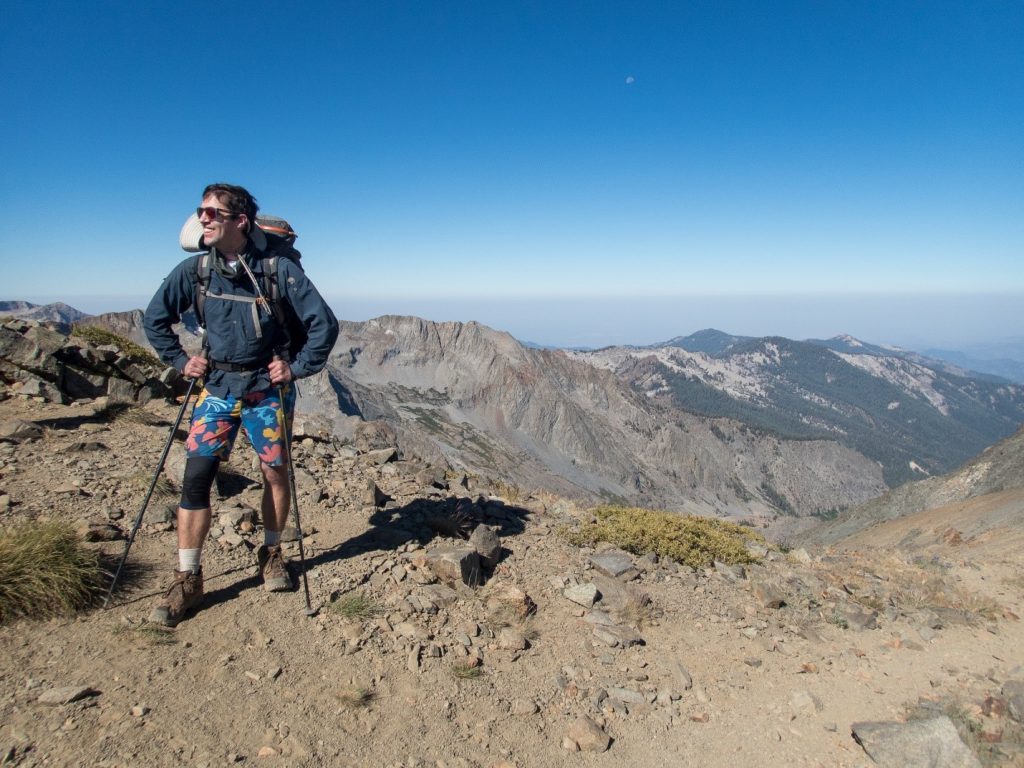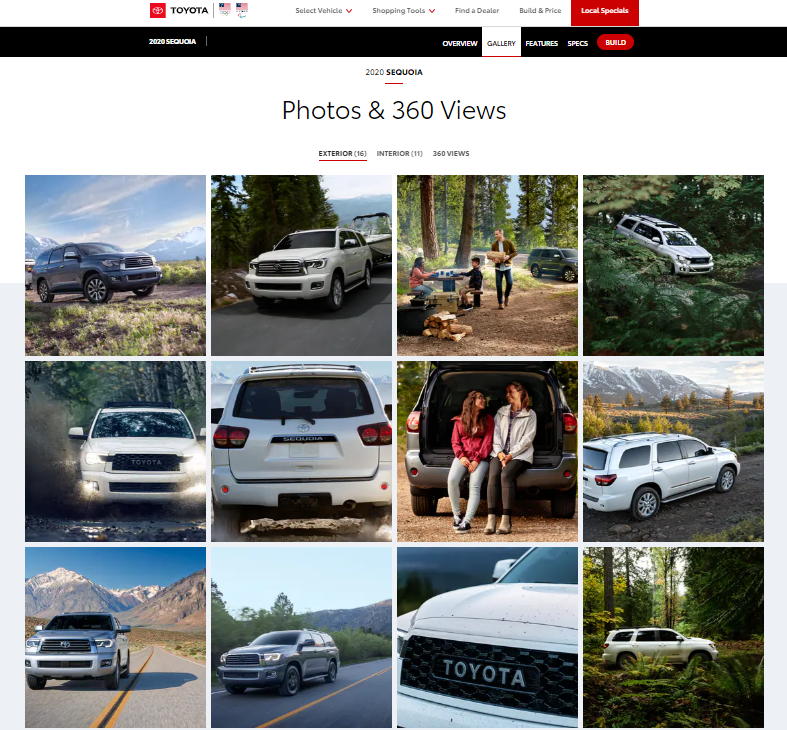

At the top of Franklin Pass last week, 11,710 ft above sea level and deep in Sequoia National Park, I stopped to catch my breath. There’s no doubt the altitude was affecting me, but looking back towards the thick inversion layer sitting over the western San Joaquin Valley, I had to wonder to whether pollution from the 2003 Toyota Camry that got me to the trailhead – and from the many thousands of cars and trucks humming below – was playing a part in my breathless state.
The decade-long fight to conserve the ludicrously scenic Mineral King area is a landmark in environmental law. In the 1960s, the valley was set to become a Walt Disney ski resort, complete with animatronic bears and a cog railway, until challenges from environmentalists resulted in federal conservation.
But protection from development doesn’t mean Sequoia National Park is free from human impact.
Despite the efforts of local marmots, who regularly chew through engine components of cars parked here, automobiles are still the main means to reach Mineral King and the rest of the park, contributing alongside high volumes of vehicle traffic in the San Joaquin Valley to terrible local air pollution. Sequoia-Kings Canyon National Park consistently has more annual unhealthy air days than Los Angeles and the park maintains a separate Twitter feed to warn visitors about its bad air.
Vehicle emissions also accelerate global warming that threaten Sequoia and other National Parks, ushering iconic species outside the boundaries of their namesake parks (picture a Joshua Tree National Park without Joshua Trees) and potentially reshaping parks’ physical landscapes – the Sierra Nevada mountains now face massive flood risk from extreme rain dumps.
The damaging effects of air pollutants from vehicles on our National Parks are among the many reasons D.C. Circuit judges should rule in favor of a challenge to the Trump administration’s move to revoke California’s waiver under the Clean Air Act to set stricter tailpipe emissions standards. My colleagues Sean Hecht and Ted Lamm detailed this argument in an amicus brief submitted to the court earlier this summer on behalf of the National Parks Conservation Association and the Coalition to Protect America’s National Parks.
For its part, the automobile industry continues to rely on iconic imagery of America’s great outdoors to sell cars, a strategy deployed with remarkable success for heavy-polluting SUVs, even as car companies execute a four-year campaign to let American vehicles emit more pollutants.
Nine auto manufacturers – Fiat Chrysler, GM, Hyundai, Kia, Mazda, Mitsubishi, Nissan, Subaru, and Toyota – have supported the Trump administration’s efforts to stall progress on vehicle emissions. Yet these same auto companies use images of clean air and forests to sell their most polluting models.
When not named for failed 16th century naval expeditions, SUV brands often elicit our National Parks and Western landscapes: the GM Acadia, Subaru Forester, Jeep Wrangler, Kia Telluride, and Hyundai Santa Fe are just a few examples (GM double-dips on National Park icons with its Sierra Denali).
Promotional materials for Toyota’s ironically-named Sequoia model depict the full-size SUV sailing over unpaved roads beside pristine, snow-capped Western mountains. The 2020 model earned a fuel economy rating of 15 miles per gallon, an improvement, at least, in the 20-year history of the Sequoia: in 2001, owners got 14 mpg!

The contradiction between Toyota’s Earth-friendly marketing and its opposition to clean cars programs has made the Texas-based company the target of a new campaign from environmental groups, “Toyota Can’t be Trusted,” calling on the automaker to build more efficient vehicles and support more ambitious regulations.
Meanwhile, Subaru is modeling the next marketing maneuver, as Aaron Gordon reported in Jalopnik last year: not only will your car bring you closer to the clean air and pristine forests that its pollution threaten to degrade, but all-wheel drive systems will help you navigate roads ravaged by climate impacts, the company’s environment page suggests:
“AWD, which is a major strategic vehicle 90% of which Subaru is introducing to the market, has a great opportunity to cope with recent climate change, compared to FW and FR automobiles of 2WD. The main reason for this is that traveling stability unique to AWD is very good compared to 2WD on rough road after torrential rain and snowy road surface due to heavy snowfall. There is a possibility that the recognition that it is a automobile that can run safely and with peace of mind expands and leads to an increase in sales opportunities.”
With the U.S. auto industry committed to bigger cars powered by fossil fuels (a recent Reuters investigation of Ford and GM’s production plans found electric vehicles were anticipated to make up only 5% of their vehicle sales five years from now) and the SUV trend ranking as the second largest contributor to growth in greenhouse gas emissions in the last decade, cutting vehicle pollution deserves a bump up on state and federal climate policy agendas, where the sector often plays second string to electricity generation.
Car manufacturers’ use of the great outdoors in advertising and opposition to regulations are decades-old traditions. Addressing both practices will require more than asking politely.
The post Automakers Love to Use the Great Outdoors to Sell Cars That Pollute National Parks appeared first on Legal Planet.
By: Daniel Melling
Title: Automakers Love to Use the Great Outdoors to Sell Cars That Pollute National Parks
Sourced From: legal-planet.org/2020/08/17/automakers-love-to-use-the-great-outdoors-to-sell-cars-that-pollute-national-parks/
Published Date: Mon, 17 Aug 2020 14:01:36 +0000
Vist Maida on Social Me
Website Links
Maida Law Firm - Auto Accident Attorneys of Houston, by fuseology
No comments:
Post a Comment